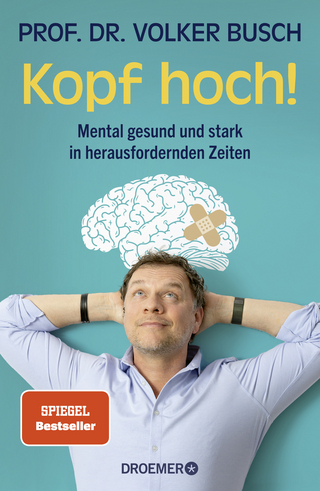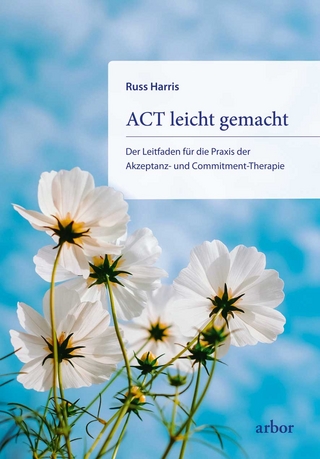
Anxiety Disorders
Brain Science, Mind-Body Connections, and Healing
Seiten
2022
Praeger Publishers Inc (Verlag)
978-1-4408-7202-0 (ISBN)
Praeger Publishers Inc (Verlag)
978-1-4408-7202-0 (ISBN)
- Keine Verlagsinformationen verfügbar
- Artikel merken
A neuroscientist explains how anxiety is fueled by genetic, biochemical, and anatomical factors, why treatments work or don't, and what anxious people can do themselves to stop the cycle.
Anxiety disorders affect more than 18 percent of the U.S. population, and many treatments—from talk therapy to medications—prove ineffective. In this volume, neuroscientist and author Marwa Azab explains how and why an understanding of neuroscience, when combined with talk therapy, is the most effective, safe, and non-addictive approach to reach healing and freedom from anxiety.
In this call for a combination of talk therapy and neuropsychological approaches, Azab explains how genetic, biochemical, and anatomical factors in the brain play a role in anxiety. Understanding those—as well as the physical effects of lifestyle factors including nutrition and sleep—could be the "missing link" that would make talk therapy far more effective, she says. Written in the uncomplicated language she uses in her lectures for beginning college students at California State University, Azab aims to make this science accessible to all adult readers.
Details the difference between normal anxiety and Anxiety Disorders
Uses case studies to illustrate neuroscience principles and research
Offers an introduction to the brain, genetics, and biochemical and lifestyle habits that predispose one to anxiety and fuel its experience and cycle
Explains the damage that stress hormones do to the body
Anxiety disorders affect more than 18 percent of the U.S. population, and many treatments—from talk therapy to medications—prove ineffective. In this volume, neuroscientist and author Marwa Azab explains how and why an understanding of neuroscience, when combined with talk therapy, is the most effective, safe, and non-addictive approach to reach healing and freedom from anxiety.
In this call for a combination of talk therapy and neuropsychological approaches, Azab explains how genetic, biochemical, and anatomical factors in the brain play a role in anxiety. Understanding those—as well as the physical effects of lifestyle factors including nutrition and sleep—could be the "missing link" that would make talk therapy far more effective, she says. Written in the uncomplicated language she uses in her lectures for beginning college students at California State University, Azab aims to make this science accessible to all adult readers.
Details the difference between normal anxiety and Anxiety Disorders
Uses case studies to illustrate neuroscience principles and research
Offers an introduction to the brain, genetics, and biochemical and lifestyle habits that predispose one to anxiety and fuel its experience and cycle
Explains the damage that stress hormones do to the body
Marwa Azab, PhD, is a neuroscientist who also holds degrees in research psychology and counseling psychology. She is a lecturer at California State University and operates a Psychology Today blog on neuroscience in everyday life.
| Erscheint lt. Verlag | 2.2.2022 |
|---|---|
| Sprache | englisch |
| Themenwelt | Sachbuch/Ratgeber ► Gesundheit / Leben / Psychologie ► Psychologie |
| Geisteswissenschaften ► Psychologie ► Angst / Depression / Zwang | |
| Geisteswissenschaften ► Psychologie ► Persönlichkeitsstörungen | |
| Sozialwissenschaften ► Soziologie | |
| ISBN-10 | 1-4408-7202-3 / 1440872023 |
| ISBN-13 | 978-1-4408-7202-0 / 9781440872020 |
| Zustand | Neuware |
| Haben Sie eine Frage zum Produkt? |
Mehr entdecken
aus dem Bereich
aus dem Bereich
Buch | Softcover (2021)
Kohlhammer (Verlag)
29,00 €
mental gesund und stark in herausfordernden Zeiten
Buch | Hardcover (2024)
Droemer (Verlag)
20,00 €
der Leitfaden für die Praxis der Akzeptanz- und Commitment-Therapie
Buch (2023)
Arbor (Verlag)
42,00 €


